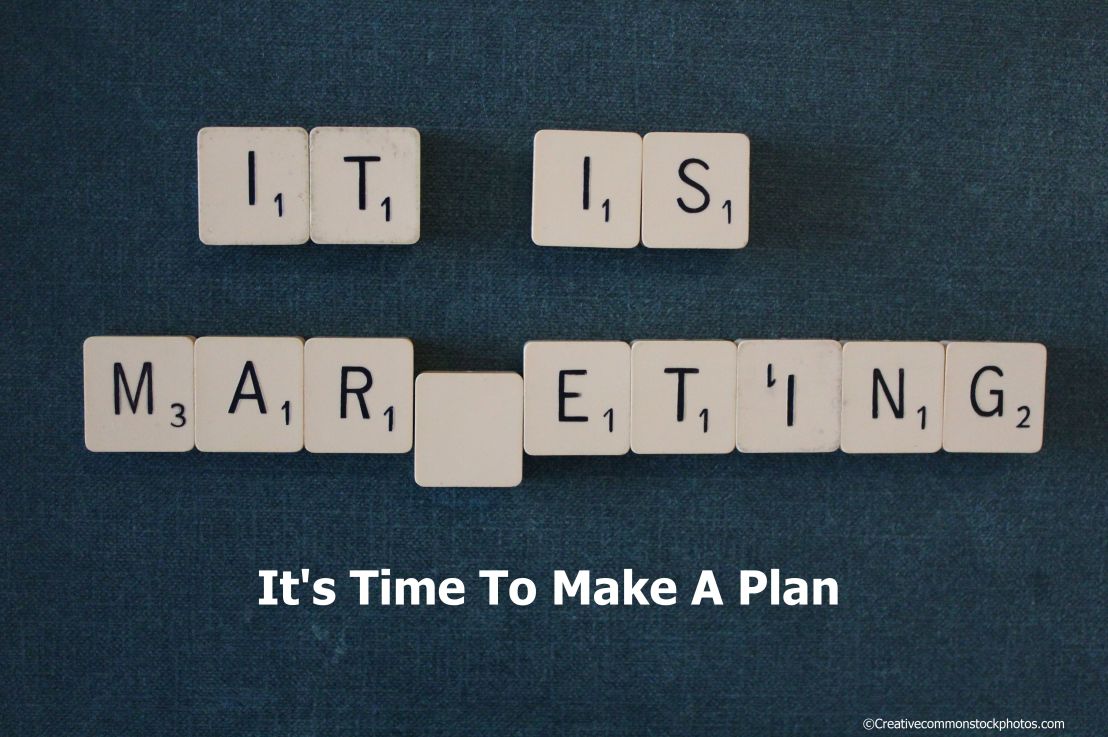Step One: Gather Your Information. Step Two: Analyze Your Data. Step Three: Make a Plan.
Sounds simple, but, unless you take a well-thought-out approach to achieving the goals you’ve identified for your Local Store Marketing Plan (see Step 2: Don’t Start at the End and Move Backwards—Always Move Forwards!), you run the risk of your LSM plan falling flat on its face. Don’t let this happen to your Local Store Marketing plan. Follow this approach to help ensure that your plan will actually work to meet your goals.
TAKE ACTION
Review your primary areas of focus, goals and target consumers from Step 2. For example:
- Area of Focus: Leverage the new apartment complex across the street
- Goal: Increase sales of a specific product by 30%
- Target: Residents of the apartment complex
- Area of Focus: New competitor opening
- Goal: Keep transactions equal to previous month’s transactions
- Target: Families in your trading area
- Area of Focus: Community support of the many schools and libraries in your immediate area
- Goal: Arrange for four fundraising activities
- Target: PTA representatives, school and library administrators, band directors
Choose tactics that address your specific goal and your targeted consumer. I’m a user of Torani flavored coffee syrups. I recently stopped at my local market to purchase a couple of syrups where the clerk handed me a flyer for a syrup recipe demo—highly targeted with the goal of getting me to purchase more syrups. Another example: if families are your target, you may want to host a Family Fun Night event or offer a different family pack offer each week. Make certain that the tactic you select will actually address your goal. For example, select a tactic that is relevant to families…a mobile app offer for a free coffee with purchase probably won’t move the needle on your family business, but a visit from a costumed character will.
Conduct a breakeven analysis to assess your program’s potential profitability. That may sound like marketing speak, so let me give it to you in layman’s language: Look at what it will cost you to run the program (labor, goods/services, packaging, etc.) and compare it to the amount of profit you will make on each individual sale. How many incremental dollars will you need to bring in, if you are to breakeven? Of course, this only provides a rough indication of profit or loss for the activity. It doesn’t take into account the long-term increases in sales brought about by generating increased loyalty due to a great customer experience during the sale. The break-even analysis is meant to give you an indication of potential ROI and transaction goals. It should be a consideration in your overall evaluation, but it is only one of the areas to consider.

Make sure to consider products that are being emphasized by advertising—your plan will be much more impactful if you leverage advertised products. Think of this as a numbers game—what do your customers have a better chance of remembering? An offer they’ve seen once or twice—or an offer for a product they’ve seen advertised multiple times?
Remember to consider other events and activities that may impact or provide an opportunity for your plan. Are there holidays occurring during the time period? Is a competitor opening? If you have an opportunity to participate in an offsite event, how will you drive traffic back to your location? What tactics can you implement that will maximize these opportunities? For example, can you distribute coupons at an offsite event to drive customers back to your location?
WHAT TACTICS TO USE
Create an idea database of ideas that have worked well for you in the past? Today’s consumers are bored quickly and you’ll need variety in order to hold their attention. Keep track of what’s worked well in the past and how you will improve it the next time you implement the program.

Plot all your tactics on a calendar and make adjustments, so you have a balanced manageable number of tactics throughout each month. THIS STEP IS IMPORTANT. Plotting your tactics on a calendar lets you see everything that’s happening in your location. Are there national offers that your employees will need to implement? Is there a mobile app offer in place that may undercut the impact of your LSM program? Is there a holiday or local event that might affect your traffic flow? I recommend plotting a two to three-month calendar. The calendar is also an excellent employee communication device—as it reminds them of what’s coming up and what promises they need to deliver on with your customers.
Overuse an idea too often and it will become bland and unexciting. How often have you shopped at Bed, Bath & Beyond without using the 20% off coupon that you can find anytime and anyplace? Their use of the 20% off tactic has created a major value issue for their brand—their products are simply not worth full price. Switch things up so that customers don’t feel they can “wait for the sale”.
Experience! Experience! Experience! If it’s fun to visit your location; if your employees enjoy their workplace; if you bring a smile to your customer’s faces… you will be memorable and your customers will want to visit you. Today’s world is sometimes hard to handle and if you can bring a little bit of happiness or joy to your customers’ lives, they will remember you and they will talk about it… on social media, with their friends, at their office… in fact, they will appreciate having an awesome experience to share.
Communicate! It’s not enough to use one channel to get the word out about your promotion or program. Take the Torani Syrup Demo program I mentioned above—the flyer was great, but sending me an e-mail message with the demo time and date, posting a sign near the syrup display in-store, sending me a text message and giving me the flyer would have been even better!
Incorporate the LSM plan you develop into your overall business plan and assign accountability for the plan’s implementation. It’s critical that your location manager feel a part of the plan and understands the plans part in the overall success of the business. Local Store Marketing is the missing piece of the marketing puzzle that can put your sales over the top.

COSTS AND RETURN ON INVESTMENT
Once you have identified the tactics that you want to include in your LSM plan, you will need to determine your overall budget. A good rule of thumb is 2 to 5 percent of annual sales should be dedicated to your marketing efforts—with at least 2 percent going towards LSM plans. Consider costs for supplies, communications materials and additional staffing, if needed.
Much of the power of LSM is in helping you build your business over the long term. While I do not want to ignore the importance of investing wisely, not all LSM tactics should be subjected to number crunching. That’s why you should ask yourself why you are investing in an LSM tactic. Reasons like building loyalty among your customer base, outshining a competitor, or gaining exposure for your business by joining community groups may not show an immediate return on investment, but may help build long-term relationships. Your programs may not break-even in the short term, but may provide long lasting returns.
ONGOING REVIEW
Remember to review your LSM calendar plans monthly and update them based upon any new opportunities, new national promotions or other changes in the marketplace that could have an impact on your plans. Ensure that your plan is balanced, with a variety of activities and events to keep your customers interested. Don’t be “over-aggressive”, it may be better to hold back a tactic or two for another month, rather than overwhelm your team. Keep it simple. If it’s easy for your team to understand, it’s easy for your customers to understand.
No LSM plan is engraved in stone. As new information and insights come your way, you’ll probably want to adjust your plan a little. A shifting market or rising competitive threat may need a different approach. So, stay flexible and adjust when and where you can. To make your plan really work, you’ll need to stay aware of what’s going on in your specific trading area.
GET INTO THE G.A.M.E.
The G.A.M.E. method of Local Store Marketing planning walks you through each step to help ensure that you will get the outcome you desire. The next step is about Execution and Evaluation, and will give you some helpful tips on how to keep things running smoothly, as well as a means to measure the success of your plan.
The G.A.M.E.: Gather, Analyze, Make a Plan and Execute has proven to be successful in driving sales and building long-term community relationships for many local retailers. Check out Steps to Creating a Local Store Marketing Plan for more information.
